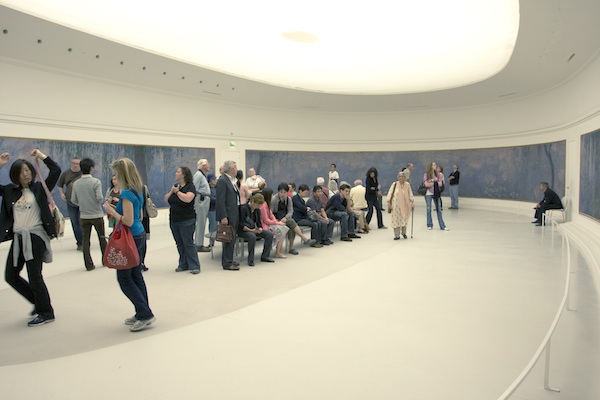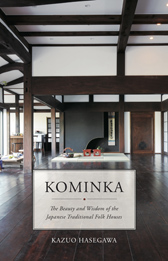
Already an established painter, Claude Monet was persuaded by a French statesman in 1914 to dabble in the artistic depiction of water lilies. Convinced to attempt his masterful hand at this next series of landscape paintings, Monet produced his marvelous Water Lilies arranged in a large-scale cycle. His condition for donating these works to the state was that they be arranged in precisely his desired fashion: a circle. And so, the Musée de l’Orangerie, the building that had hosted sporting events, had its walls filled with glorious music and once protected the oranges of France during the winter chill, was chosen as the ideal spot to permanently display Monet’s Water Lilies. However, the architectural design of the building did not fulfill the standards of the great master. His perfectionism resulted in Monet himself supervising the construction of two special and circular rooms in the museum grand enough to display the series.
Over the years, Monet’s paintings received some well deserved company in the form of Paul Guillaume’s incredible collection. After the death of the well-known and beloved art dealer, a friend to a number of masterful artists, his wife hired a hit man to kill his adopted son. Soon found out, a deal was constructed for the widow to donate Guillaume’s artistic collection to the state in order to avoid prison. She conceded, resulting in the Musée de l’Orangerie to host a collection of art worthy enough to be traded for a woman’s (undeserved) freedom.
Musée de l’Orangerie
Jardin des Tuileries
75001 Paris
+ 33 (0)1 44 77 80 07
View Larger Map
 MUSEYON BOOKS Smart City Guides for Travel, History, Art and Film Lovers
MUSEYON BOOKS Smart City Guides for Travel, History, Art and Film Lovers


